Planning A Trip To Japan (The Essential Travel Guide)
Planning a trip to Japan can be an exciting and rewarding experience! Japan is a beautiful country with a rich cultural heritage, modern cities, stunning landscapes, and delicious cuisine. Some of my best travel memories have been in Japan, and in general, it is a popular destination, especially around certain times of the year. A lot of you will perhaps be planning ahead of time to visit this destination, so good news, as I will try my best to give you some insight and things to know before you a creating a Japan itinerary-so welcome to ‘Planning a trip to Japan (the essential travel guide)’.
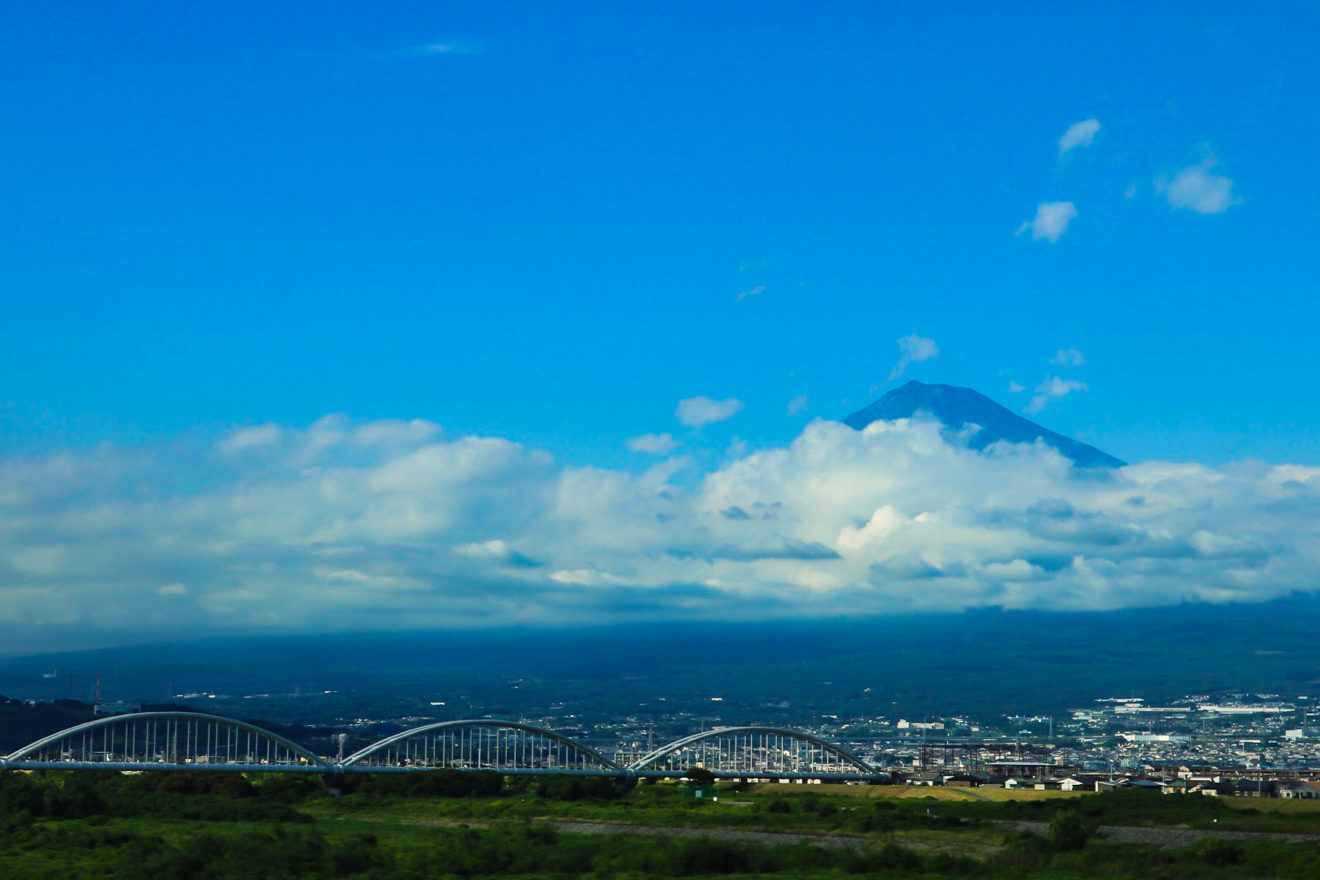
Below are things to know about planning a trip to Japan if you are thinking of going to ensure you choose the best options and have a good time in Japan, whether you plan to hike up Mount Fuji or bask amongst the cherry blossoms in the high season.
Can I Go Solo Travelling To Japan?
I spent the first five days by myself in Japan before my friend joined me later. My home country is the UK, but at the time, I was in Singapore, so there were direct flights with ANA Airlines to Osaka, which was there first city I visited. I would say solo travelling for that week in Japan in a major city and then going by myself to Mount Koyasan, which was more remote, was not too difficult. With the help of certain apps and google translate, I managed to get by okay. There is an absolute abundance of restaurants, shops and activities to do, so even as a solo traveller, It was very fun, and you will constantly be busy with the numerous amount of tourist-like activities. Some Japanese restaurants are also built for solo travellers, with some restaurants having single booths for people having dinner or lunch alone. I was surprised by how much of a language barrier there was, as I thought places like Tokyo are well interconnected with the world, so I was expecting most people to speak some level of English, but I was wrong. Even so, it was still fairly easy to get by, and a lot of restaurants had pictures and sometimes an English menu if needed.
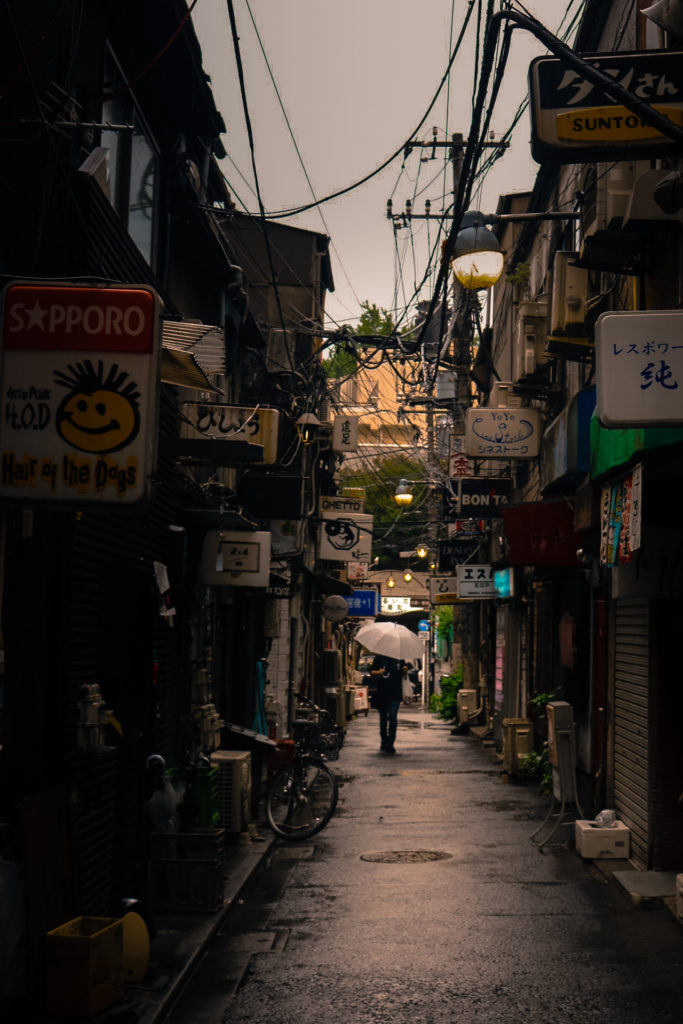
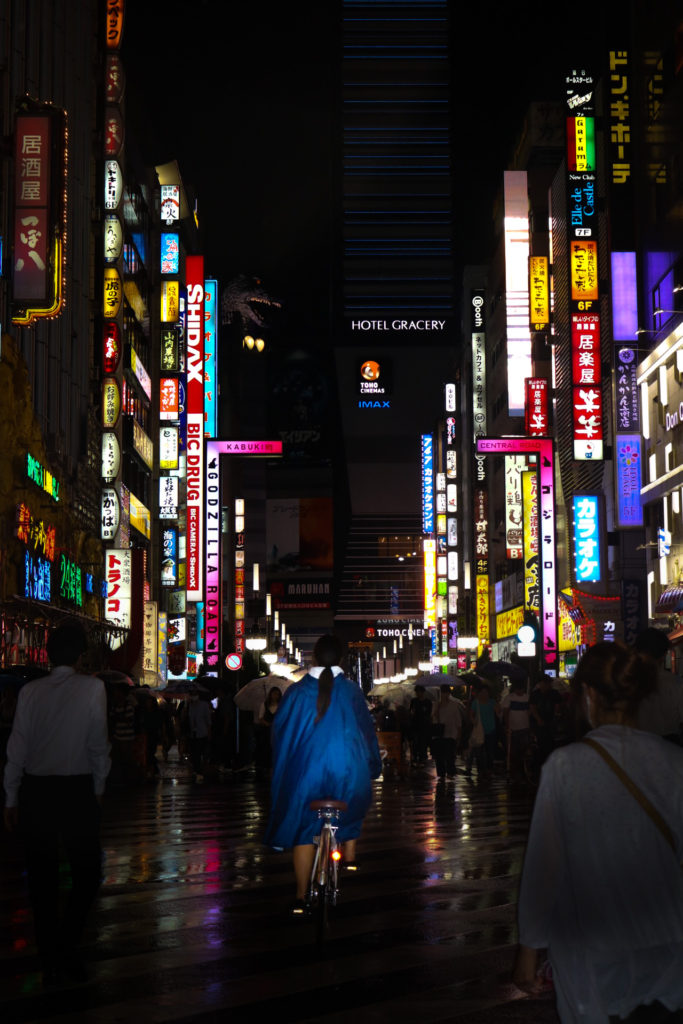
Access to Japan
There is now more direct access than ever before, e.g. I know British Airways/Japan Airways/ANA do direct flights from the UK to Japan. The best way is usually by plane to major cities like Osaka (Kansai International Airport) and Tokyo (Narita International Airport). If it is your first time visiting Japan, it is perhaps a good idea to start in a major city first and then branch out as often these major cities are well interconnected and may just be easier on your first trip.
Time of The Year to Visit Japan
I went to Japan in August, and generally, the crowds were fairly calm, and the weather, for the most part, was mixed with clouds, humidity, sunshine and very rarely rain. I always imagined Japan to be colder and wet, and in general, it doesn’t bother me too much if it is mainly a city holiday.
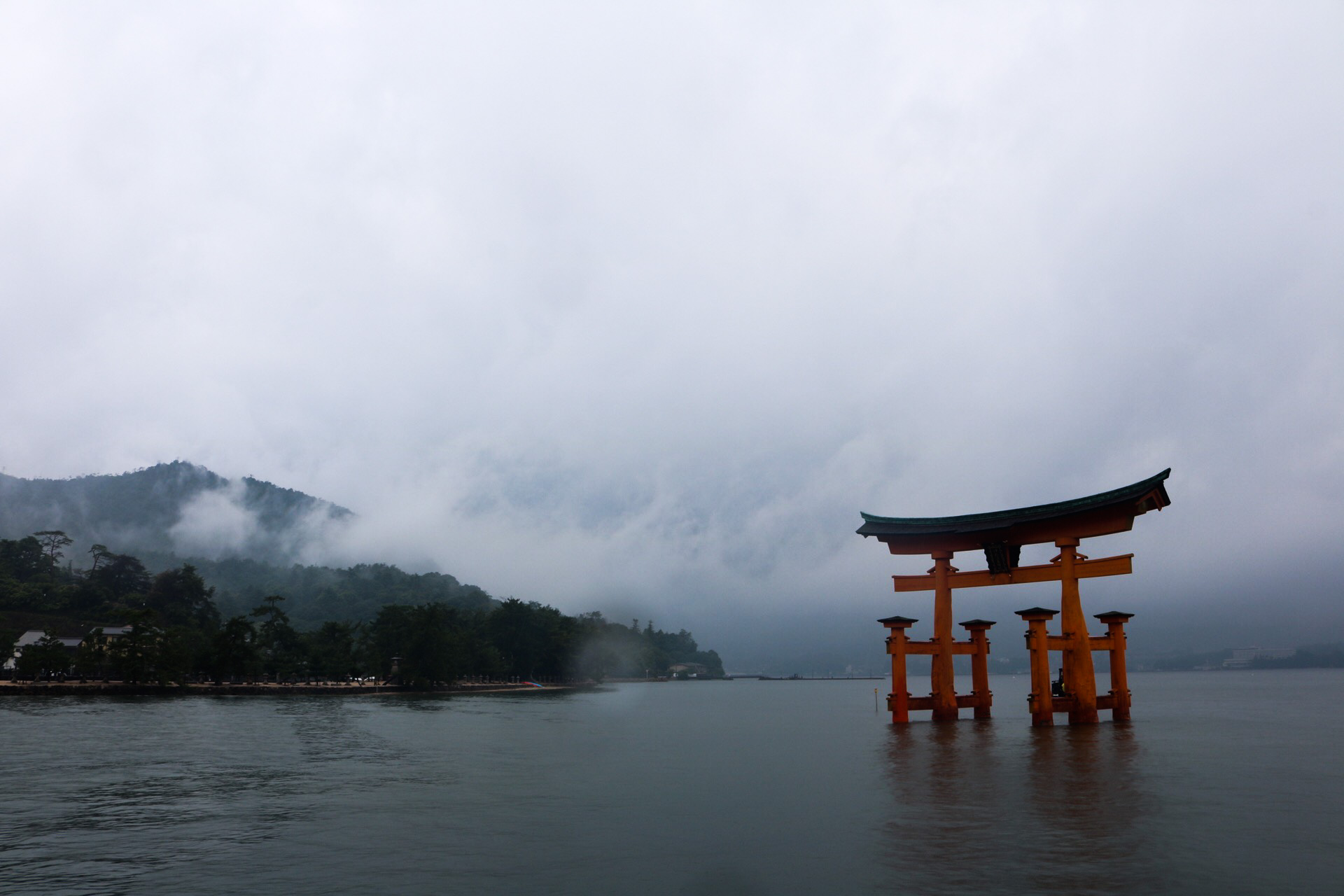
Japan is a country that experiences distinct seasons, each offering its own unique attractions and experiences. The best time to visit Japan depends on your preferences and the type of activities you want to engage in. Here’s a brief overview of the different seasons and what they offer, especially for first-time visitors:
- Spring (March to May):
- Spring is one of the most popular times to visit Japan, especially for the cherry blossom season (sakura). Cherry blossoms typically bloom in late March to early April, creating stunning landscapes of pink and white flowers.
- Mild temperatures and clear skies make spring ideal for outdoor activities, sightseeing, and cultural festivals.
- Popular places to enjoy cherry blossoms include Tokyo, Kyoto, Hiroshima, and Nara.
- Summer (June to August):
- Summer in Japan is warm and humid, with temperatures sometimes reaching high levels.
- This season is known for festivals, such as Gion Matsuri in Kyoto and Tanabata in various locations.
- The northern region of Hokkaido offers cooler temperatures and is a popular destination for outdoor enthusiasts and nature lovers.
- Be aware that summer is also the rainy season (tsuyu), especially in June.
- Autumn (September to November):
- Autumn is another popular time to visit, with colourful foliage (koyo) attracting tourists.
- The temperatures are comfortable, making it great for outdoor activities and exploring temples, gardens, and scenic spots.
- Popular destinations for fall foliage include Kyoto, Nikko, and the Japanese Alps.
- Winter (December to February):
- Winter in Japan can be cold, especially in the northern regions, but it’s an excellent time for winter sports enthusiasts.
- Skiing and snowboarding are popular in areas like Hokkaido and the Japan Alps.
- Onsen (hot spring) resorts are particularly enjoyable during this season, and you can experience the magic of snow-covered landscapes.
- The Sapporo Snow Festival in Hokkaido is a major winter attraction.
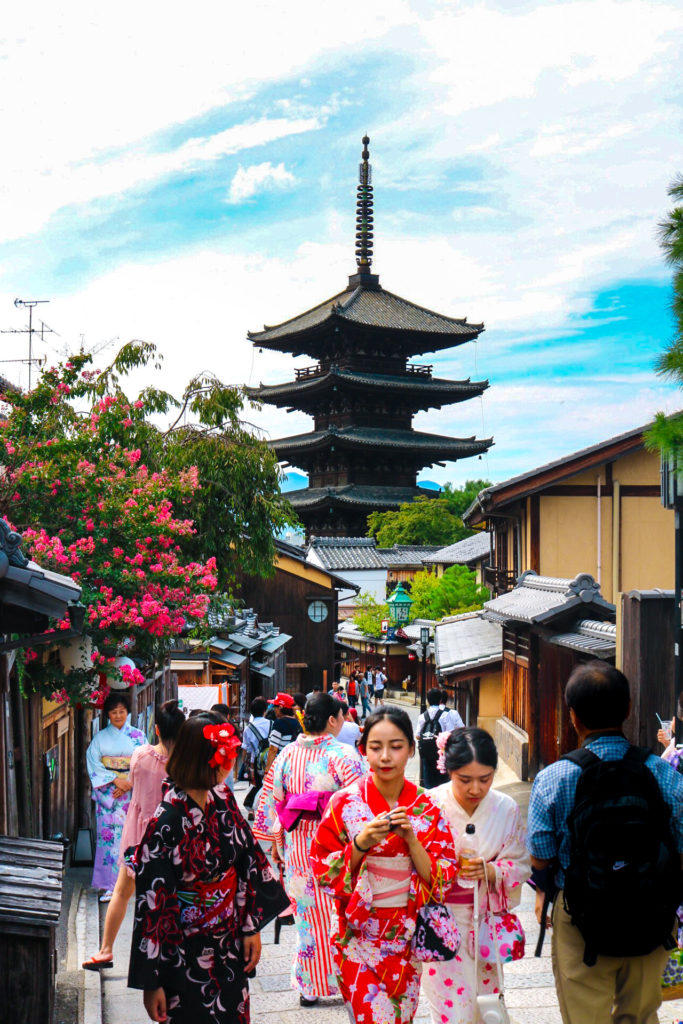
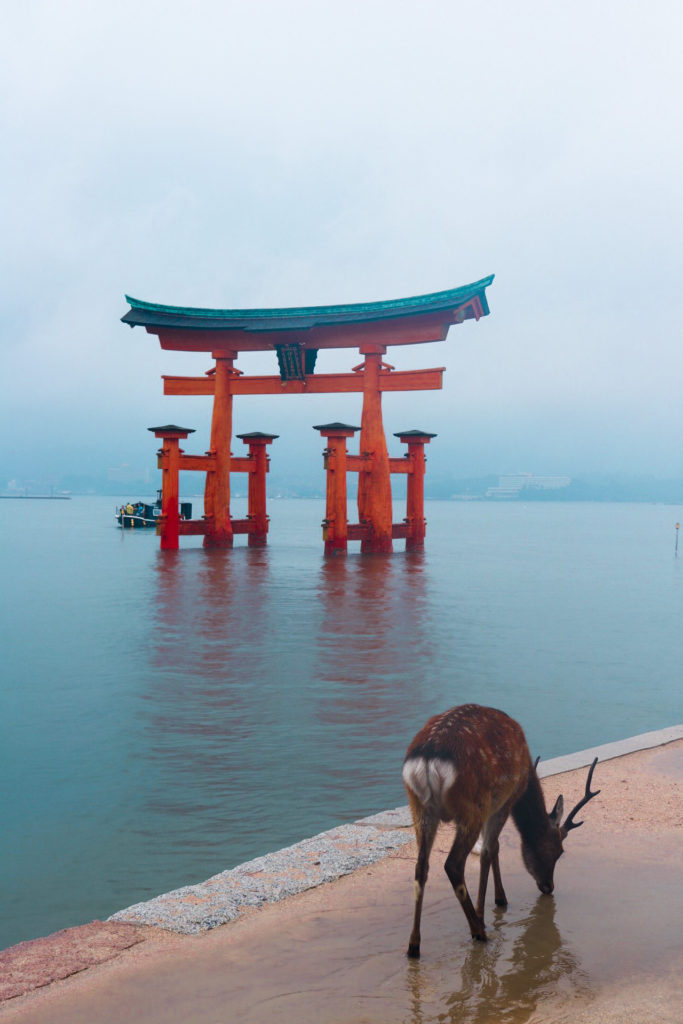
It’s important to note that Japan can be crowded with tourists during peak seasons like cherry blossom and fall foliage periods. Accommodation and transportation can become more expensive, and popular tourist spots may be crowded. If you prefer a quieter experience, consider visiting during shoulder seasons.
Ultimately, the best time to visit Japan depends on your interests and what you want to experience. Research the specific events and activities you’re interested in to make the most of your trip.
What Type of Accommodation is Available in Tokyo?
I found accommodation quite expensive, particularly if you want to stay at a mid-tier hotel and want to experience a temple stay or stay in a traditional Japanese inn. So don’t be surprised if you book somewhere with basic amenities but a bit pricier than what you would expect in other countries. I guess I compared booking hotels similar to booking hotels in London. I stayed at the MYSTAY hotel chain in Tokyo, which I would compare to a Holiday Inn in the UK, but the prices are higher, and the rooms are likely to be smaller as it is a highly dense population in Tokyo.
I also had the opportunity to stay at a Ryokan in Mount Koya (expensive but definitely worth staying and taking part in traditional Buddhist life and prayer), a hostel for two days in Osaka (which I found obviously cheaper but needed to share with six other people who were surprisingly not around most of the time) and one day at a capsule hotel which was an interesting experience but really fun in Kyoto! All of my accommodation stays were good, and I did not have a bad experience at any of them. At the hostel, I think guests are going to be more quiet and respectful of each other’s privacy because they are in Japan-it is definitely not like the hostels I stayed at in Thailand!
Accommodation options in Japan range from traditional to modern, with something to suit every budget and preference. Here are some of the types of accommodations you can find in Japan:
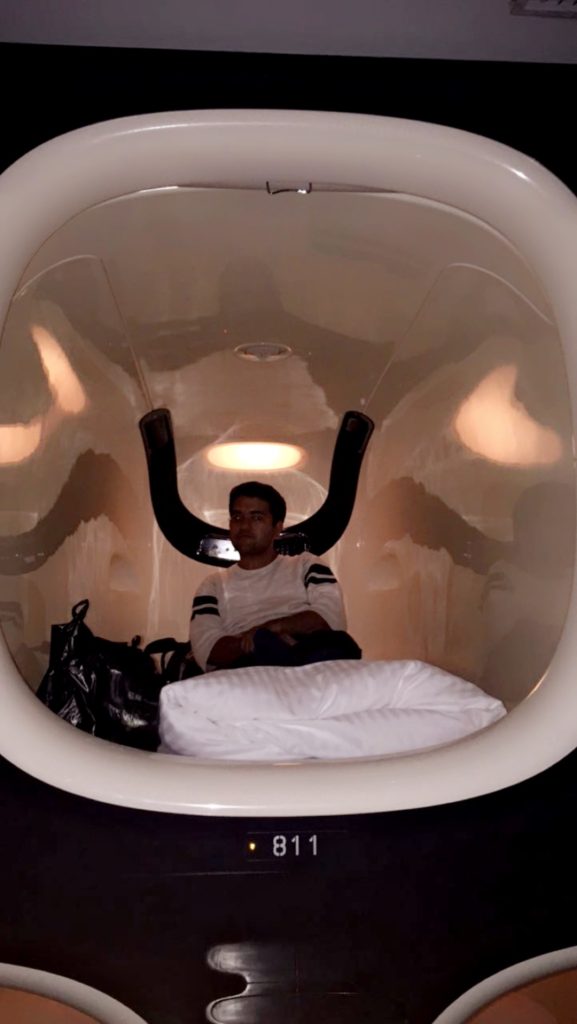

- Hotels: Japan has a wide range of hotels, from luxury international chains to budget-friendly options. You’ll find Western-style rooms with standard amenities such as private bathrooms, TV, and air conditioning. Many hotels also offer Japanese-style rooms with tatami mat flooring and futon beds.
- Ryokan: Ryokan are traditional Japanese inns that offer a unique cultural experience. They often have tatami-floored rooms, futon beds, communal baths (onsen), and serve kaiseki (multi-course) meals. Staying in a ryokan is a great way to immerse yourself in Japanese hospitality and customs.
- Minshuku: Similar to ryokan but more casual, minshuku are family-run guesthouses. They offer a more intimate experience and a chance to interact with local hosts. Facilities may be simpler than those in Ryokan.
- Hostels: Hostels are a popular choice among budget travellers and backpackers. They offer dormitory-style or private rooms at lower prices. Hostels are a great way to meet fellow travellers and exchange tips.
- Capsule Hotels: Capsule hotels provide compact sleeping pods, often favoured by business travellers or those looking for a unique experience. They may have an abundance of communal facilities like showers and baths. My hotel had large luggage lockers to store your suitcase as the capsule rooms didn’t really have anywhere to place your luggage.
- Business Hotels: Catering primarily to business travellers, business hotels offer no-frills accommodations with basic amenities. They are often conveniently located near train stations and business districts.
- Airbnb and Vacation Rentals: While Airbnb has become more restricted in recent years due to regulations, you can still find vacation rentals in some areas. Be sure to check the rules and regulations for renting accommodations.
- Love Hotels: Primarily intended for couples seeking privacy, love hotels offer themed rooms and short-term stays. They can be interesting for a unique experience but may not be suitable for all travellers.
How Long Should I Go For in Japan?
I personally feel you should spend a minimum of 10 days just to cover a bit of ground in Japan. I went just under 2 weeks, and even then, there was so much more to do, but I definitely felt like I did a lot in that time with only a couple of days where I felt I could relax more and not need to stick to an itinerary. You will want to spread the days in each place depending on how much stuff there is to do.
I spent around Four full days in Tokyo, one day in the Mt Fuji region, three days in Osaka, two days in Mount Koya, three days in Kyoto, and a couple of days in Hiroshima. In terms of cities, Kyoto was our favourite as you get more of that mix of traditional Japanese culture and heritage with a modernised landscape too. Tokyo was also top of the list just because there is so much to see and do, and you will experience a whole other life you will have never seen before there.
I am definitely planning on revisiting Japan, and I think I will definitely visit Kyoto and Tokyo again, purely because there is so much to do there, and it was very memorable. I would also hope to explore more of northern Japan or maybe consider the white sand beaches of Okinawa!
When booking accommodations in Japan, consider factors such as location, budget, amenities, and the type of experience you want. Popular tourist destinations like Tokyo, Kyoto, and Osaka offer a wide range of options, but it’s a good idea to book in advance, especially during peak travel seasons.
What Do I Need to Know About Transportation?
Japan has an excellent public transportation system, including trains (like the famous Shinkansen bullet train), buses, and subways. At first, it can be overwhelming to navigate your way around (trust me, I was so confused when I first arrived and looked at the subway map), but it is fairly simple, and they even have workers there readily available to help. I had a helper literally pop out from a rotating wall next to my machine to help! From what I remember, there will be the locations of the stations on the map, and the station line and number will be shown next to it, which you can just input into the machine in order to pay to receive the ticket. Remember, with a single ticket, you place it through the barrier machine at the entrance, but it will give it back to you in order to use it at the exit barrier at your station destination. I did find google maps worked well in Japan, so it is worth downloading this beforehand, especially if it is your first visit.
You can also use the machine to get a rail card which can last up to 10 years of purchase. You basically pay a small deposit to get the card, and you can top it up at the machines and then use it wherever you go to. The one I had was Suica Card (you also can choose the Pasmo card).
In terms of getting trains in between the bigger cities, consider purchasing a Japan Rail Pass if you plan to travel between cities (it works out cheaper in most cases where you are making multiple city trips, so that was one of the first things I did when planning the trip). It can provide significant cost savings. I bought my JR pass and got it delivered to my UK address before flying out to make it easier, as I don’t think you can buy one at the station; you’ll need to buy it online and get it delivered. You can opt to get it delivered to your temporary address in Japan though whilst you are there, but it’ll take a few days. The bullet trains are an amazing must-try anyway, and they have nice spacious seating inside, Japanese food, with good internet access if needed.
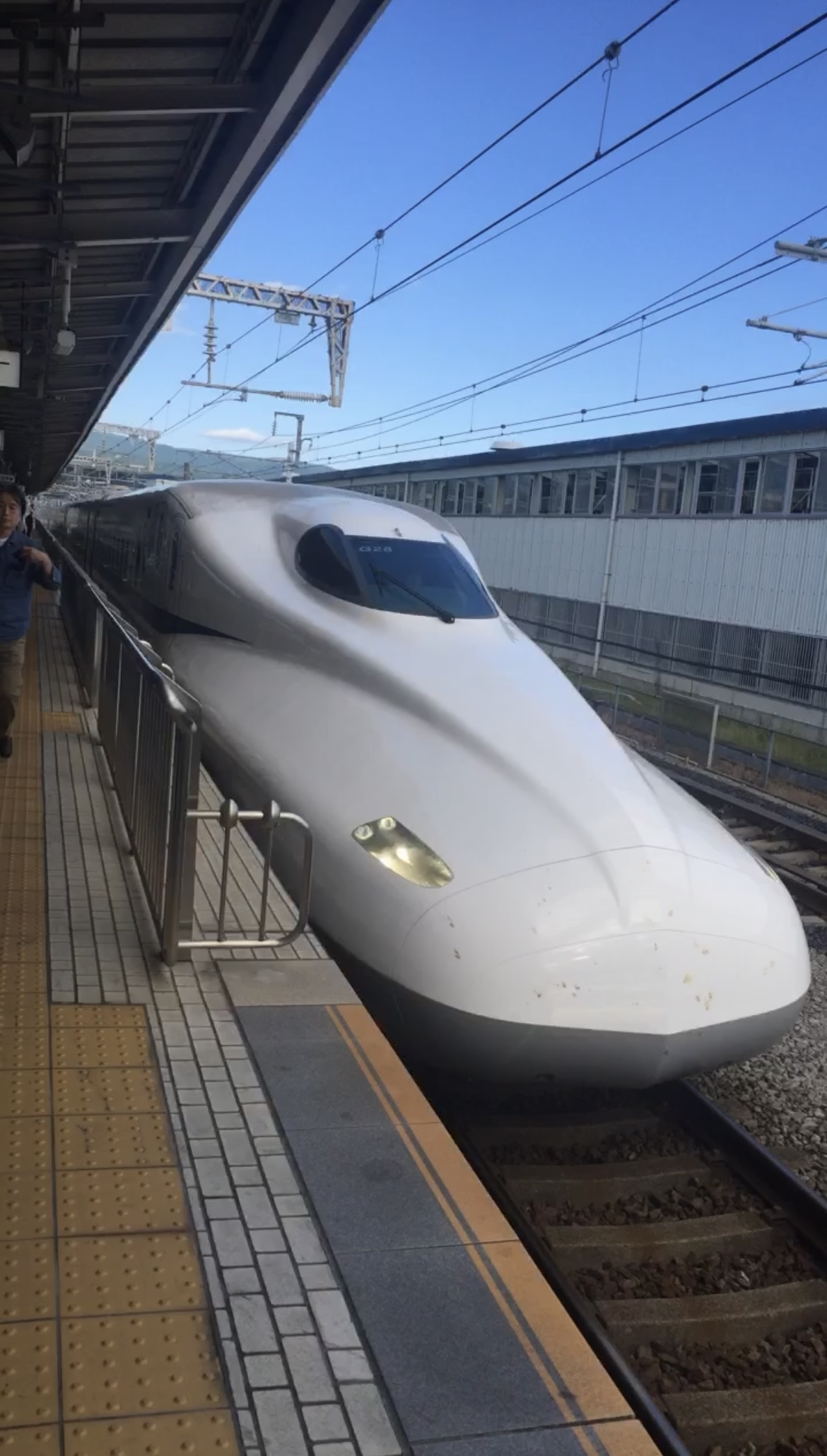
I hope you found this blog, ‘Planning A Trip To Japan (The Essential Travel Guide),’ useful in order to plan your dream trip to Japan. I hope this is of great value for you to read and that you feel able to get a great deal by planning ahead to find the best option for you, whether you plan to visit in the summer months or to see the cherry trees and popular attractions in Spring. Feel free to comment below on any further questions you have with regard to this blog.
If you enjoyed reading this blog, then please feel free to read my other blogs at https://www.mymemoriesabroad.com/category/blog/ or head to my Pinterest profile to have a look at travel photos which will hopefully inspire you to book your holiday to remember at https://www.pinterest.co.uk/mymemoriesabroad/.

